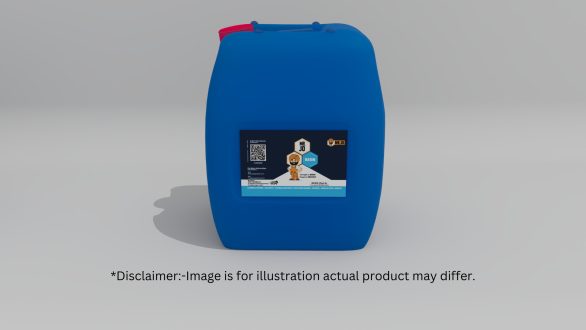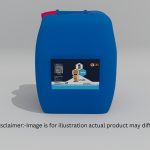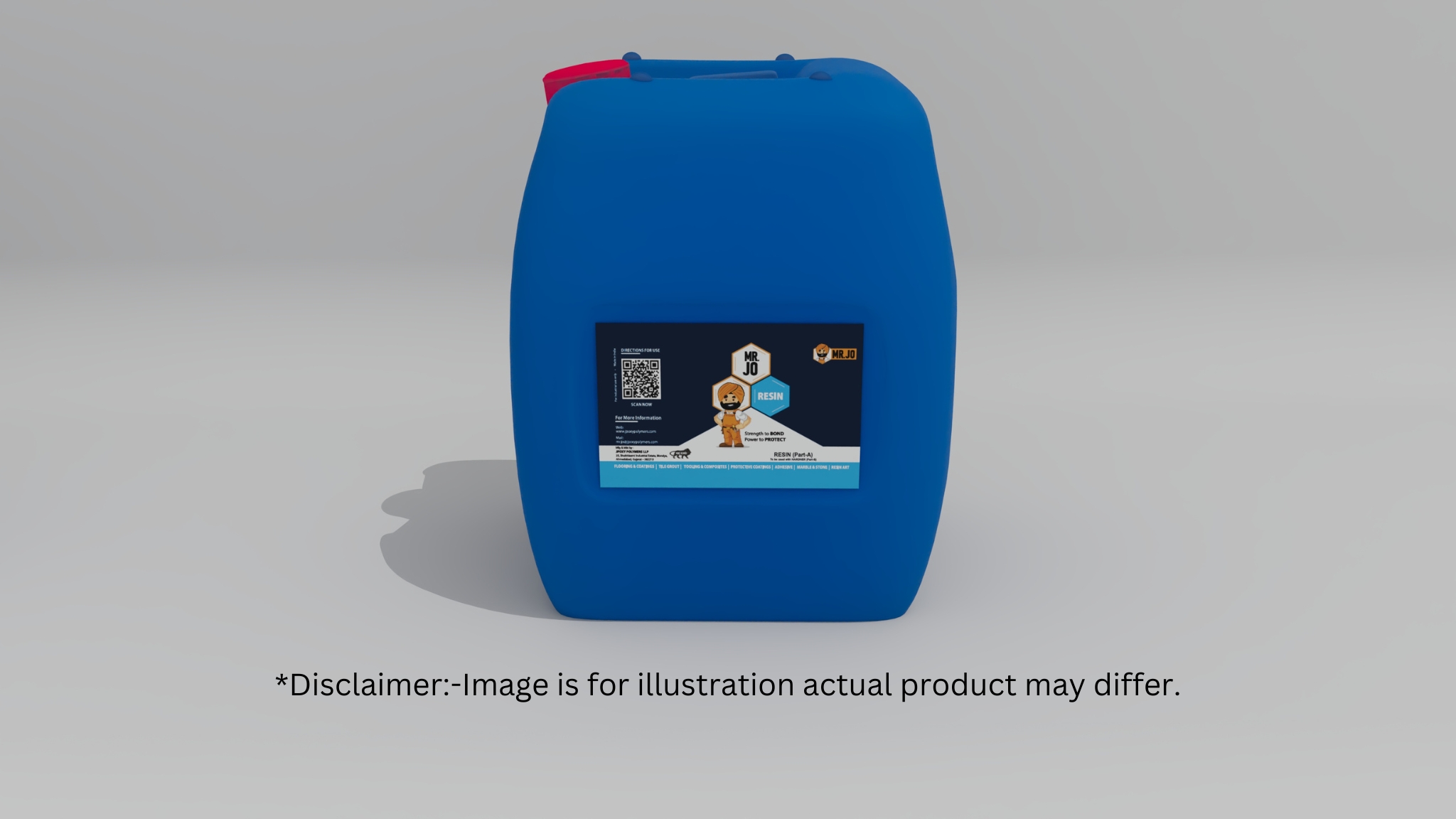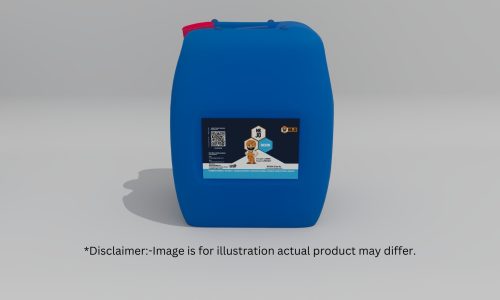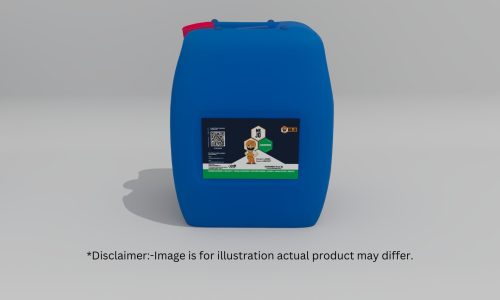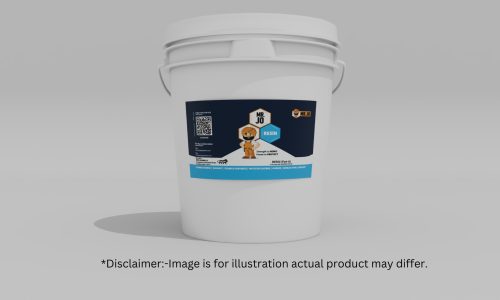JPOXY JX 7014
₹5,609.00 – ₹13,461.00 Inclusive of all taxes
Mono functional aromatic reactive diluent (PGE)
- Description
- Properties
- Applications
- Features
- Technical Data Sheet(TDS)
- FAQs
Description
JPOXY JX 7014 is a low viscosity reactive diluent for epoxy coatings, adhesives, potting, and casting. It helps the epoxy flow better and spread smoothly. As a result, you get clean and even coverage. It also makes the surface easier to wet. This improves how the epoxy bonds to different materials. You can use it in low-VOC systems. That means it’s better for the environment. It also works well in both small and large projects. Because it’s easy to use and gives great results, many professionals trust it for epoxy work.
- EEW [g/eq] : 150-170
- Viscosity [mPa s] @ 25˚C : 5-15
- Color [Gardner] : ≤0.5
- Density @ 25˚C [g/cc] : 1.05 – 1.12
- Retention of chemical and mechanical resistance
- High dilution efficiency
- Mono functional aromatic reactive diluent
- PGE
A1. JX 7014 is a mono-functional aromatic reactive diluent (PGE-based) used to reduce viscosity and improve flow in:
- Epoxy coatings
- Adhesives
- Potting compounds
- Casting resins
A2. PGE (Phenyl Glycidyl Ether) offers:
- High dilution efficiency
- Improved substrate wetting
- Retention of chemical and mechanical resistance
- Lower volatility compared to aliphatic diluents
It is often preferred when toughness and performance must be preserved despite reducing viscosity.
Q3. How much JX 7014 should I add?A3. Typical addition levels are 5% to 20% by weight of the epoxy resin, depending on the desired viscosity and performance. Higher loading may affect hardness and thermal stability.
Q4. Is JX 7014 suitable for low-VOC systems?A4. Yes. JX 7014 is reactive (chemically bonds into the epoxy network) and does not evaporate, making it ideal for low-VOC and high-solids formulations.
Q5. How does JX 7014 compare with aliphatic diluents like JX 7002?A5.
| Property | JX 7014 (Aromatic) | JX 7002 (Aliphatic) |
|---|---|---|
|
Odor |
Slightly higher | Very low |
| Toughness retention | High | Moderate |
| Flexibility | Moderate | Higher |
| Yellowing tendency | Slightly higher | Very low |
| Wetting & adhesion | Excellent |
Good |
Use JX 7014 when mechanical strength and chemical resistance are priorities.
Q6. Can I use this in clear epoxy systems?A6. While JX 7014 has very low initial color (Gardner ≤ 0.5), being aromatic, it may slightly increase yellowing over time in clear or UV-exposed systems. Consider aliphatic diluents (like JX 7002 or JX 7012) if color stability is critical.
Q7. Is it suitable for potting and casting?A7. Yes. Its low viscosity (5–15 mPa·s) and good flow properties make it a useful modifier for potting and casting applications where lower exotherm and better penetration are needed.
Q8. Does JX 7014 affect cure speed?A8. It may slightly slow down the cure of epoxy systems due to mono-functionality, but this can be adjusted by choosing the right hardener or using accelerators.

